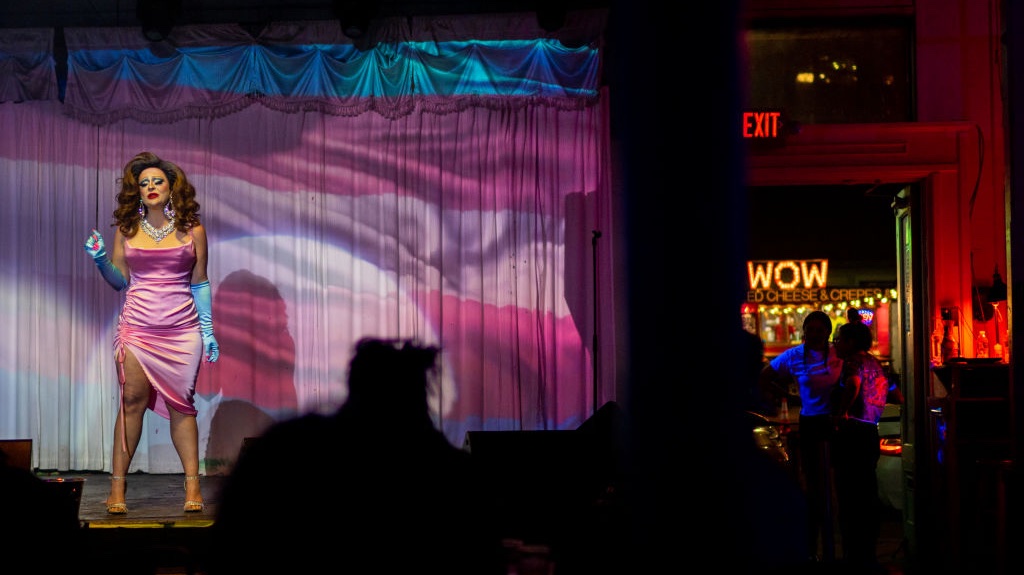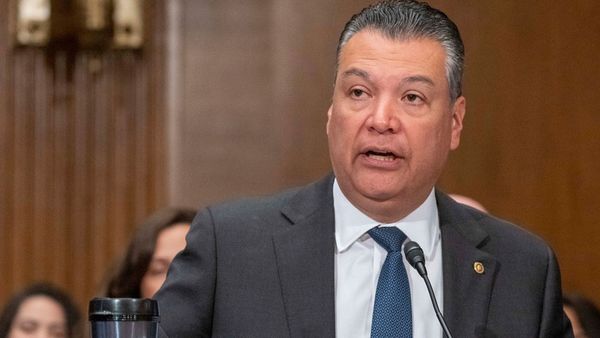January 20, 2013
Lesbian Murder/Suicide Highlights Issue of Domestic Violence
Holly Grigg-Spall READ TIME: 3 MIN.
On News Year's Day the Houston Police Department received a call from 24 year-old Ana Flores reporting a domestic dispute. By the time they arrived at the home she shared with her partner, 29 year-old Belinda Espinoza, Belinda had shot her dead and subsequently committed suicide with the same weapon.
"I love you too" was the tagline on the photo that Espinoza uploaded to Facebook, shortly prior to the murder-suicide. The Daily Mail reports that the two became engaged in the summer of 2012. According to The Houston Chronicle, family members told the police Espinoza had called earlier that day threatening suicide. The police department received no calls concerning domestic disputes from either Flores or Espinoza prior to the event.
The case has drawn attention from the National Coalition of Anti-Violence Programs, as it highlights the continuing hidden issue of domestic violence in LGBT relationships.
"Although we don't know if there was a history of abuse between these two women, we do know that tragedies like this can happen because the victims feel trapped without anywhere to get help, especially if they identify as lesbian, gay, bisexual or transgender," said Anne Robinson, executive director of the Houston-based partner organization The Montrose Center. The center provides a 24-hour crisis line, emergency shelter, counseling and assistance with medical treatment to those in the local LGBTQ community who are victims of domestic violence.
These LGBTQ-centric services are often not found in organizations focused on violence towards cisgender women within heterosexual relationships.
"The traditional women's shelters focus on the mainstream and majority issue and as a consequence they miss this specialized population," explained Robinson.
Traditional women's shelters will not take men of any sexuality and find it hard to know how to respond to a trans person's need for help. And lesbians can find other residents hostile. They have to work with the staff to ensure that they know they are providing support to the victim in the relationship and so they can prevent the perpetrator from having access.
When dealing with cisgender heterosexual women it is simply a case of not allowing men on the property. Many shelters are also faith-based and this can also be problematic for LGBTs. In order to address gay men, lesbians and trans people effectively, the Montrose Center places victims of violence in apartments and hotels, which they fund and keep the details thereof private.
Many people mistakenly believe that physical abuse between two men or two women is not an issue at the same caliber as a man abusing his female partner. But just because two people are the same gender does not mean the playing field is leveled.
"Domestic violence is about power relations. It doesn't matter what sex you are, the power and control issues are the same, and if you're LGBT it might be worse," said Robinson. "If it's a relationship with two gay men the violence can be heightened because the victim may be more likely to defend themselves physically. In any LGBT relationship the perpetrator of the abuse might threaten the partner with outing them to their work colleagues or family, for example."
According to the NCAVP, 2011 saw the highest number of intimate partner homicides reported to them since the launch of the organization -- more than three times the number documented in 2010. More than half of the reports of domestic violence were provided by those identifying as women, and LGBTQ women were 1.5 times more likely to report experiencing violence to the NCAVP.
"These numbers suggest that those that identify as women might be experiencing violence at a higher rate or it could be that they are more comfortable reporting violence committed against them," said New York City Anti-Violence Project Executive Director Sharon Stapel of these statistics.
In fact, the NCAVP 2011 report showed that gay men are disproportionately victims of homicide. Of the 19 homicide incidences documented by the organization in 2011, 63.2 percent of the victims were men. NACVP member organizations documented these incidents and the report noted that law enforcement groups are likely to overlook the possibility of intimate partner violence when approaching a male homicide case.
The report also showed that LGBTQ people under 30 are twice as likely to experience physical violence in relationships. LGBTQ people of color are four times as likely to be victims.
The report recommends an LGBTQ-inclusive Violence Against Women Act that would protect survivors from service discrimination based on sexual orientation and gender identity, and recognize LGBTQ communities as underserved. The NCAVP also suggests LGBTQ training for all victim service providers and an increase in funding for LGBTQ-specific programs for domestic violence survivors, particularly those focusing on the young and people of color.



